.png)
For the majority of people, summer is the best time for being active. No matter what type of physical exercise you like to do, everything tends to be more enjoyable and productive when it’s done outside rather than inside. What’s more, studies have shown many health benefits to being outdoors including lowering blood pressure, reducing stress, and preventing insomnia, a sleep disorder that often results from a lack of sunlight during the day.
On the other hand, if you have COPD or any number of chronic respiratory conditions, you may find it difficult to exercise during the summer. Hot weather can exacerbate your respiratory symptoms and sap your energy making you feel unmotivated to face the challenges of your disease. Additionally, several allergens such as pollen, mold, and insect bites are at their peak in the summer months, which can lead to a whole host of problems for COPD patients as well.
{{cta('fa8abc2a-1e88-4fa3-82fd-1cb5b9ed43b2','justifycenter')}}
Despite the challenges of staying active during the summer, it’s imperative that COPD patients do so. Exercise is a key part of any treatment regime because it strengthens the lungs and makes your body more efficient at using oxygen, thereby reducing symptoms of breathlessness and fatigue. By having strong stabilizing muscles that you enhance by exercising, you’ll be able to reduce your risk of experiencing a fall or any other type of physical injury. In the following sections, we’re going to take a look at a couple of tips for staying active in the summer if you have COPD. Please don’t hesitate to leave a comment at the end of the article if you have any questions or concerns.
Plan Your Trips Carefully
The first, and probably the most crucial tip to help you stay active during the summer is to plan your trips carefully. Depending on where you are in the country, weather can be variable and sometimes even unpredictable. You should get in the habit of checking the weather regularly and comparing it across multiple sites so that you have a good picture of what the weather will be like. Even then, weather forecasts are never perfect so you should always plan for the worst-case scenario.
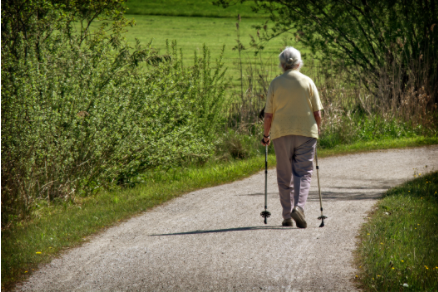
Generally speaking, the hottest time of the day is in the afternoon, so ideally, you’ll want to plan your outdoor activities in the morning or in the evening. However, this can vary if there is cloud coverage or precipitation. Since everyone with COPD has different severities of respiratory symptoms, it’s difficult to say what temperature is “too hot.” Most people know their limits and you may have a higher tolerance for hot weather if you’ve spent most of your life in a hot climate. According to Science Direct, about 4% of the population is heat intolerant. This means that they are not able to acclimate to high degrees of heat stress.
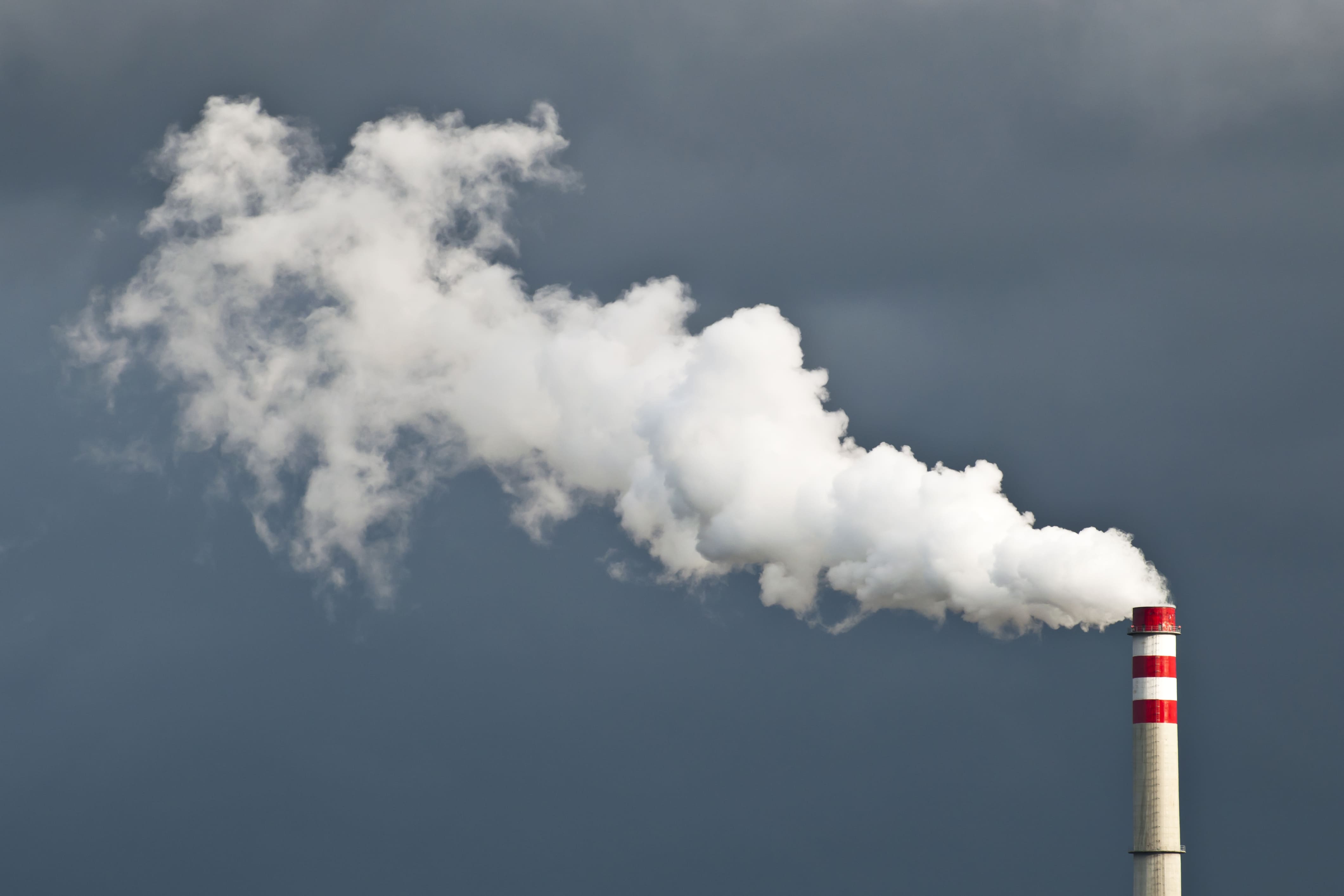
Aside from checking the weather before you leave the house, you should also check the air quality in your area. Summer is wildfire season in much of the country and there’s also a high risk of allergens like pollen and mold. And although car exhaust tends to dissipate better in the summer than in the winter, it’s still possible for there to be a lot of pollution during the summer, especially if it’s a little cooler and overcast.
Dress for the Weather
The way you dress can have an immense impact on how you tolerate heat while you’re outdoors. Short-sleeve, loose-fitting clothing is always ideal if you’re going to be outside for an extended period of time and you should be sure to wear lighter colors that reflect more heat. Another important thing to consider is the material of clothing that you wear. Breathable materials like cotton, polyester, and nylon are very light and perfect for a hot summer day. But you should be sure to avoid heavy materials like wool and insulated clothing like rain-resistant shirts or pants.
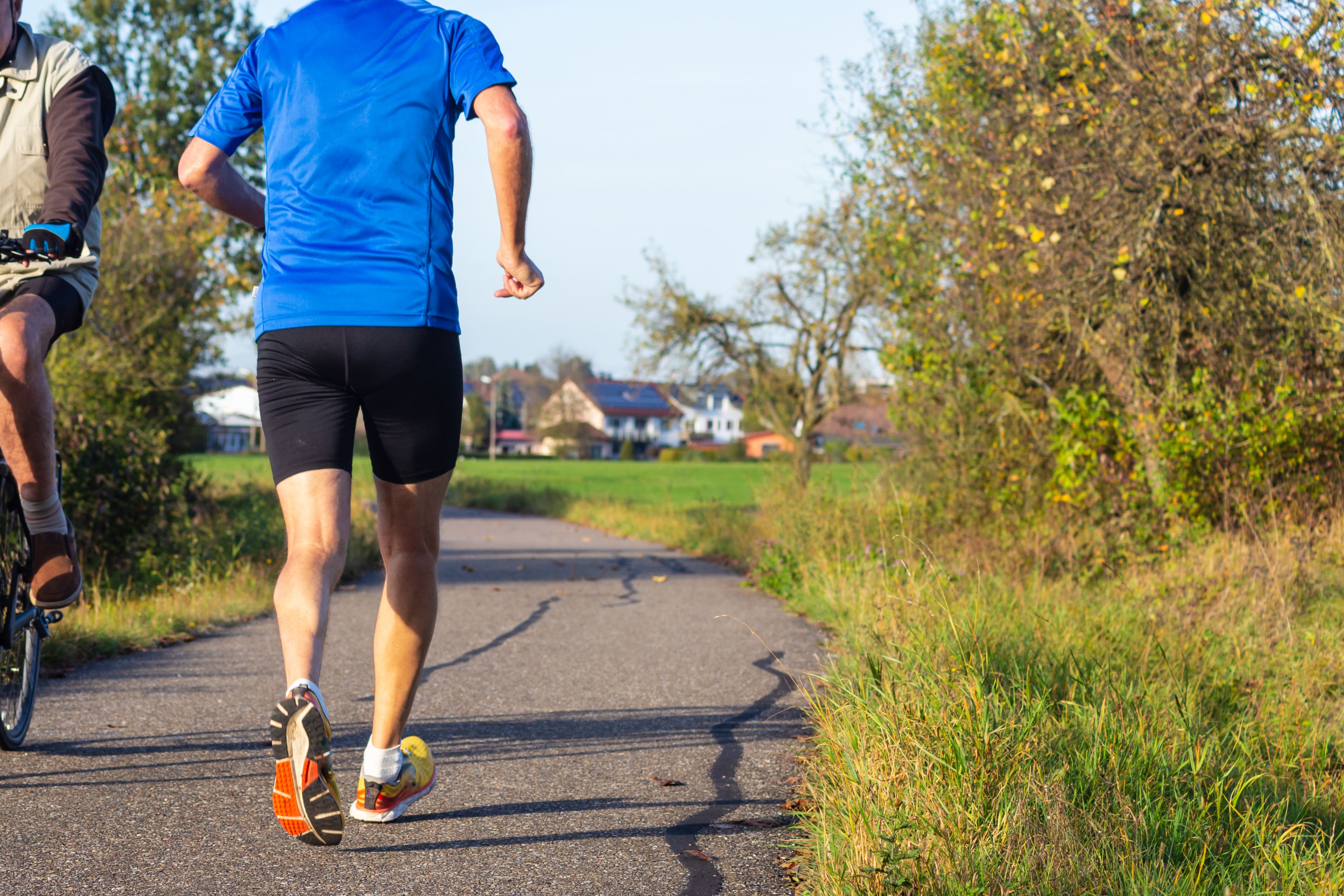
Another must-have article of clothing for a sunny day is a hat. If your face and head are exposed to too much sunlight you’ll feel fatigued much quicker and you might start to get a bad headache. You’re going to want to wear a wide-brimmed hat that keeps the sun off your face, head, and neck, but just like your shirt, it should be made of breathable material. According to the University of Michigan, 50% of the body’s heat is released from the scalp and face.
Stay Hydrated
When it’s hot out, your body releases more sweat in order to keep you cool. And since sweat is 99% water, you can become dehydrated very quickly by being out in the sun. The CDC recommends drinking at least 8 ounces of water every 20 minutes while you’re outside. And ideally, you should be drinking in consistent intervals so that your body isn’t working so hard to process it all at once. But you should also take care to stay hydrated before you exercise outdoors, not just during your exercise.
.jpg)
Equally important as drinking enough water is avoiding drinks or food that can dehydrate you. While salty foods may sound tempting while you’re outside exercising, be aware that you will have to drink more water to accommodate this. And while sugary sports drinks or energy drinks may give you a nice boost before exercising, they can also dehydrate you and you’ll experience an energy crash after its effects wear off. Ideally, you should stick with water and unsalted foods while exercising in the heat.
Keep Medications on Hand
Just like any other time you leave the home, you need to make sure you have all of the medications you need. Many COPD patients use fast-acting bronchodilators which are designed to quickly release tension in the chest and airways if you’re experiencing a flare-up or exacerbation of your symptoms. These are especially important to have on hand when you’re exercising and away from home because you won’t have many other options for alleviating your symptoms.
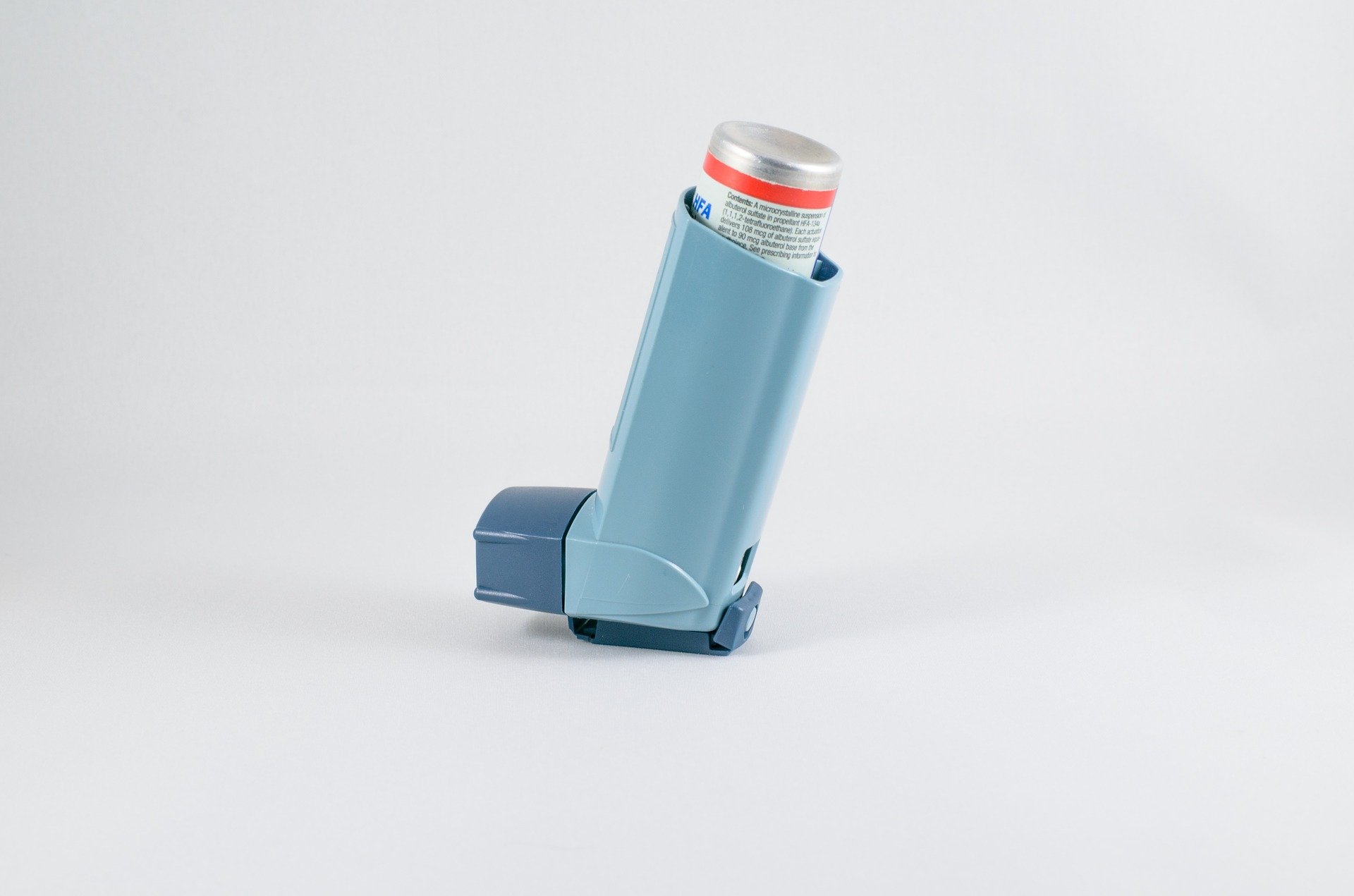
Know the Warning Signs of Heat-Related Illness
The easiest way to prevent heat-related illness is to simply know the warning signs. The sooner you realize that your body is overheating, the sooner you can make it to a shaded area or air-conditioned building so that you can begin to recover. Heat exhaustion can happen slowly over the course of a couple of hours or it can come on very quickly so you should always be on the lookout for any symptoms. According to Healthline, there are three different stages of heat emergency: heat cramps, heat exhaustion, and heatstroke.

Heat cramps are more common in older people who have been physically active. They’re also more common in people who are overweight or who have been drinking alcohol recently. The primary symptoms of heat cramps are muscle pain and tightness. The second stage of heat emergency is heat exhaustion which comprises a list of potential symptoms including:
- Headache
- Dizziness
- Mild confusion
- A fast heart rate or fast breathing
- Extreme thirst
- Nausea
- Heavy sweating
-
Muscle cramps
Heatstroke is the most severe form of heat emergency and it can include all of the aforementioned symptoms in addition to:
- Confusion
- Irrational behavior
- A body temperature over 104°F
- Rapid breathing or heart rate
- Loss of consciousness
- Seizures
If you’re outside exercising with a friend make sure that they are also aware of these symptoms and don’t be afraid to check up on each other regularly.
Focus on Moderate Exercise
One of the key mistakes many people make when starting their pulmonary rehabilitation routine is believing that they need to practice high-intensity exercise in order to stay healthy. However, for most COPD patients, high-intensity exercise is not necessary and it can even lead to a respiratory exacerbation if you’re not careful. What’s more important than anything is that you’re consistent with your exercise and that you don’t stay sedentary for long periods of time. Walking, hiking or moderate weight lifting exercises can all be beneficial for lung health.
![]()
Have a Safety Net in Place
A safety net is a must when you leave the house during the summer. Before you do anything, make sure to tell at least one person where you will be going and how long you will be gone. This way, if there’s an emergency, your friend or loved one will know exactly where to look for you. Secondly, you should create a list of contacts of people that you can call if you experience a flare-up in your symptoms and don’t feel comfortable driving or walking home alone. However, if you believe you’re experiencing a medical emergency, you should always call 9-1-1 first.
Use a Portable Oxygen Concentrator
There comes a time when oxygen tanks become too much to manage. While supplemental oxygen is a medical necessity for most COPD patients, oxygen tanks are extremely heavy and bulky making it difficult to get out of the house and enjoy the outdoors. Fortunately, there are alternatives to traditional oxygen tanks and they’re called portable oxygen concentrators. A portable oxygen concentrator puts out medical-grade oxygen just like a tank, but the difference is that it’s an electronic device that runs on batteries. Simply have a fully charged battery on hand and you’ll have access to an infinite supply of oxygen.
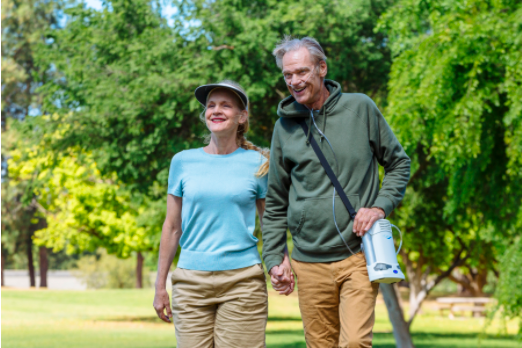
Another great thing about portable oxygen concentrators is that they’re very easy to operate so you won’t have any problems making adjustments to your flow setting on the go. POCs like the Caire FreeStyle Comfort and Inogen One G5 only have a few buttons on them so you can have it up and running in just a few minutes and feel confident about using it outside of the home. Both of these concentrators offer a high flow setting and they weigh under 5 pounds meaning they’re incredibly versatile. Most POCs also have a DC charging option available, so you won’t have to worry about running down your battery while you’re driving to whatever destination you’re going to.
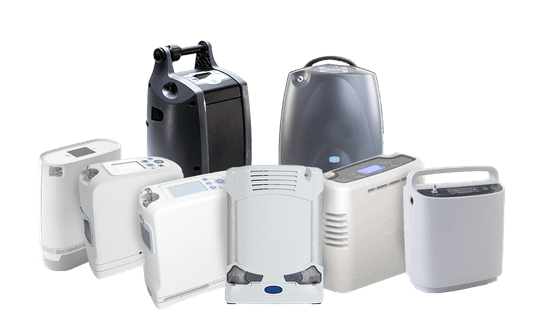
All things considered, portable oxygen concentrators are a much more financially sound and practical long-term investment. While they do cost more money upfront than oxygen tanks, the important thing to remember is that you don’t have to keep paying to refill them. In the long term, this could save you hundreds if not thousands of dollars. What’s more, POCs often come with manufacturer warranties which will have you covered if anything goes wrong with your unit within the first couple of years after your purchase.
Speak with Your Doctor
As always, if you have any concerns about being able to cope with the hot weather this summer, you should address them with your doctor. Heat-related illness is a potentially serious condition. According to the CDC, there are about 702 heat-related deaths in the United States each year. Unfortunately, due to the symptoms of COPD including chronic breathlessness and fatigue, COPD patients are oftentimes at a higher risk of experiencing heat-related illness than the general public. This study found that hospitalization in COPD patients increased by 7.6% for each degree Celcius over 29°C (84°F).
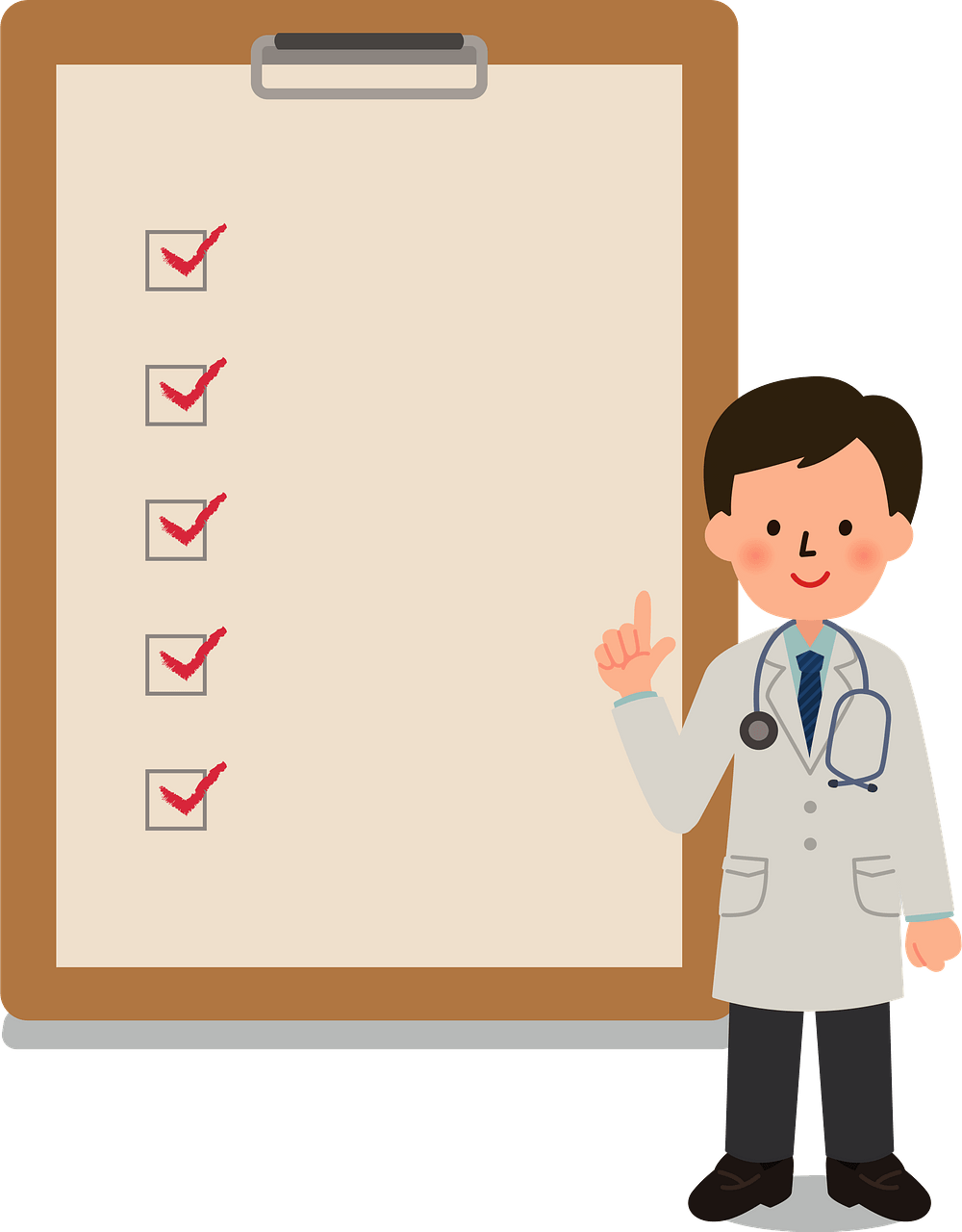
As aforementioned, no two cases of COPD are the same so it’s impossible to say what advice your doctor will have for you. If you have more severe stage 3 or 4 COPD and heat-related illness runs in your family, he/she will likely recommend that you use a high degree of caution when it comes to exercising outdoors. But if you’re stage 1 or 2 and you don’t use oxygen regularly, your doctor’s guidelines might be a little more lenient.
Conclusion
As a COPD patient, consistent exercise is very important for your well-being. But severe weather conditions like high heat or excessive dryness or humidity can make this seem like an insurmountable task. So, if you want to exercise outdoor this summer, you should take some time to plan ahead, and as always, if you have any questions about coping with extreme weather, be sure to address them with your doctor or pulmonologist as soon as possible.
{{cta('43b79c5e-6bd6-4f02-ac27-2d038d20c146','justifycenter')}}
If you’re looking for a brand new, used, or refurbished portable oxygen concentrator to help you get on your feet this summer, look no further than LPT Medical. We proudly offer pulse dose and continuous flow oxygen concentrators from some of the most reputable manufacturers on the market including but not limited to Caire, Inogen, and AirSep. While there are many different concentrators out there, our respiratory specialists will take the time to understand your wants and needs and recommend the perfect device for you. We also have a variety of different financing options available to help you pay off the device in a more manageable way. Reach out to us either by phone or email to speak with an oxygen concentrator specialist.

